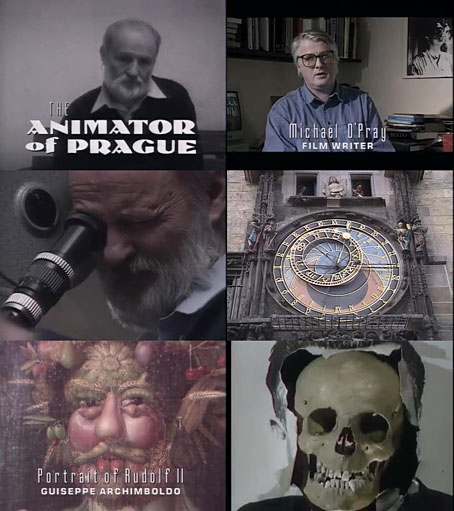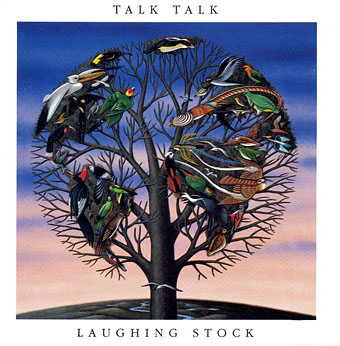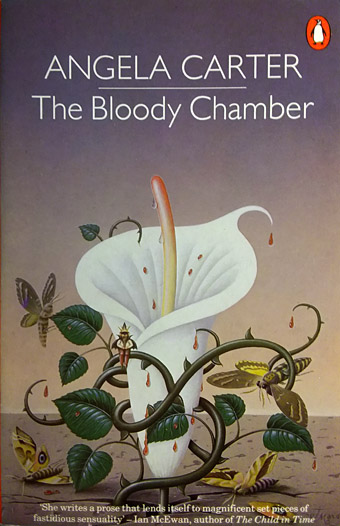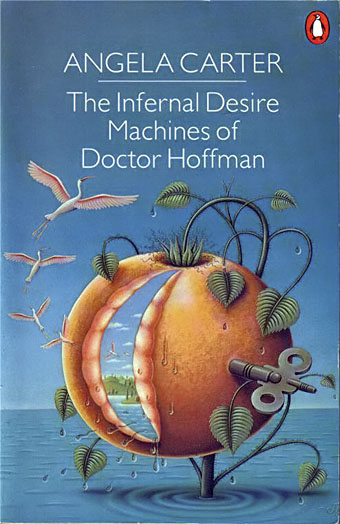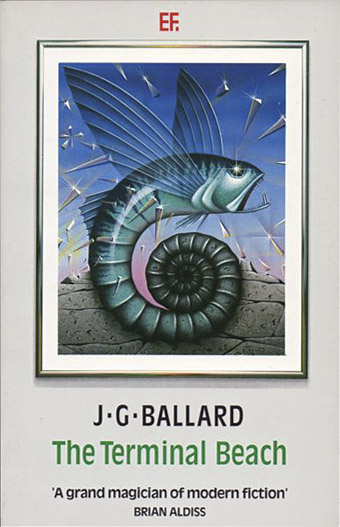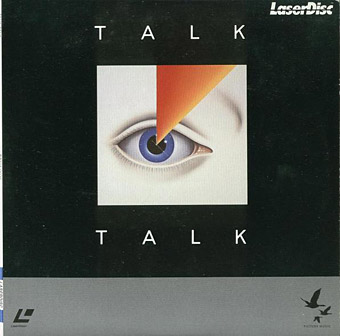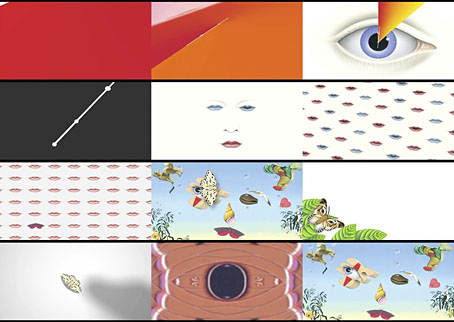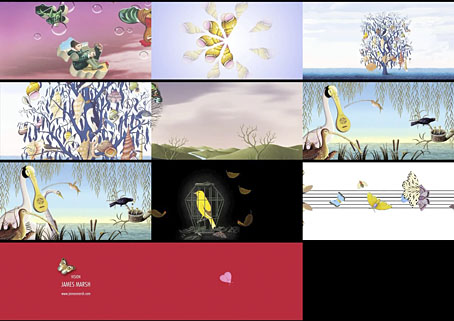“Surrealism is not aesthetics. It is a philosophy,” says Jan Svankmajer in James Marsh’s short (25 mins) portrait for the BBC from 1990. This was broadcast at a time when Svankmajer’s films were receiving more attention in the UK than they had before or since, thanks in part to Channel 4’s screening and funding of animation, and to the late Michael O’Pray, a film writer and champion of avant-garde cinema. O’Pray is the main commentator here apart from Svankmajer himself, and his name was a regular fixture of any writing about Svankmajer or the Brothers Quay in the 1980s. Svankmajer’s films were featured in at least two of the touring programmes of short films that O’Pray put together for Film and Video Umbrella in the late 1980s, so its good to see his enthusiasm memorialised in this way, even if it is stuck on a rather temperamental Korean website. In addition to discussion of the influence of Bohemian emperor Rudolf II on Svankmajer’s work we also see the director filming his latest short, The Death of Stalinism in Bohemia; a rare glimpse behind the camera. (Note: the video wouldn’t load for me but the stream is downloadable if you’re determined to see it.)
Previously on { feuilleton }
• Jan Svankmajer, Director
• Don Juan, a film by Jan Svankmajer
• The Pendulum, the Pit and Hope
• Two sides of Liska
• The Torchbearer by Václav Svankmajer

